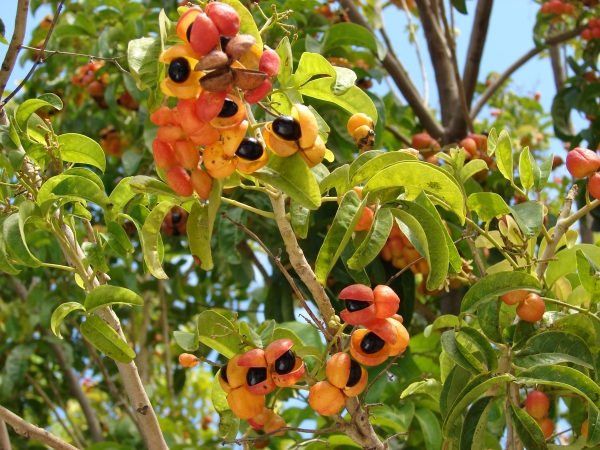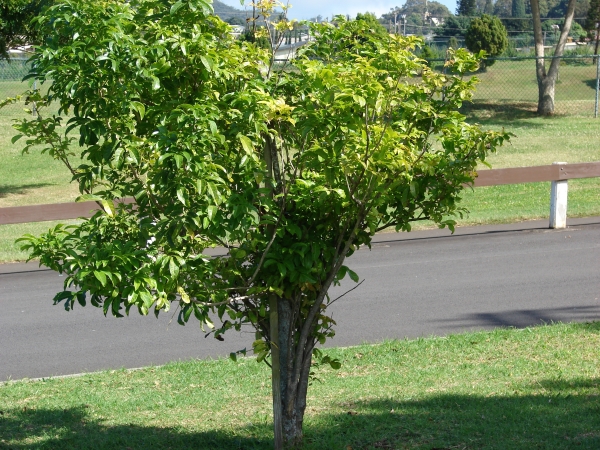Tulipwood
Harpullia pendula$4.90 ($4.90-$17.75 choose a size)
When will it be in Stock?
We previously had the most to buy in Jan and Mar. With limited quantities for sale in other months. They are unlikely to be available in Sep.
Specifications of Tulipwood
Preferred Climate SubtropicalLearn About Climate Zones
Grown From SeedlingLearn About Propagation Methods
Max Height (when in the ground with good conditions) +10m
Can it Handle Frosts? Yes
Amount of leaves in Winter? All Leaves (Evergreen)
Water Requirements Drought Hardy (Little Watering)
Customers also bought
These plants are often purchased together. Also check plant information for suitability in your orchard.


































